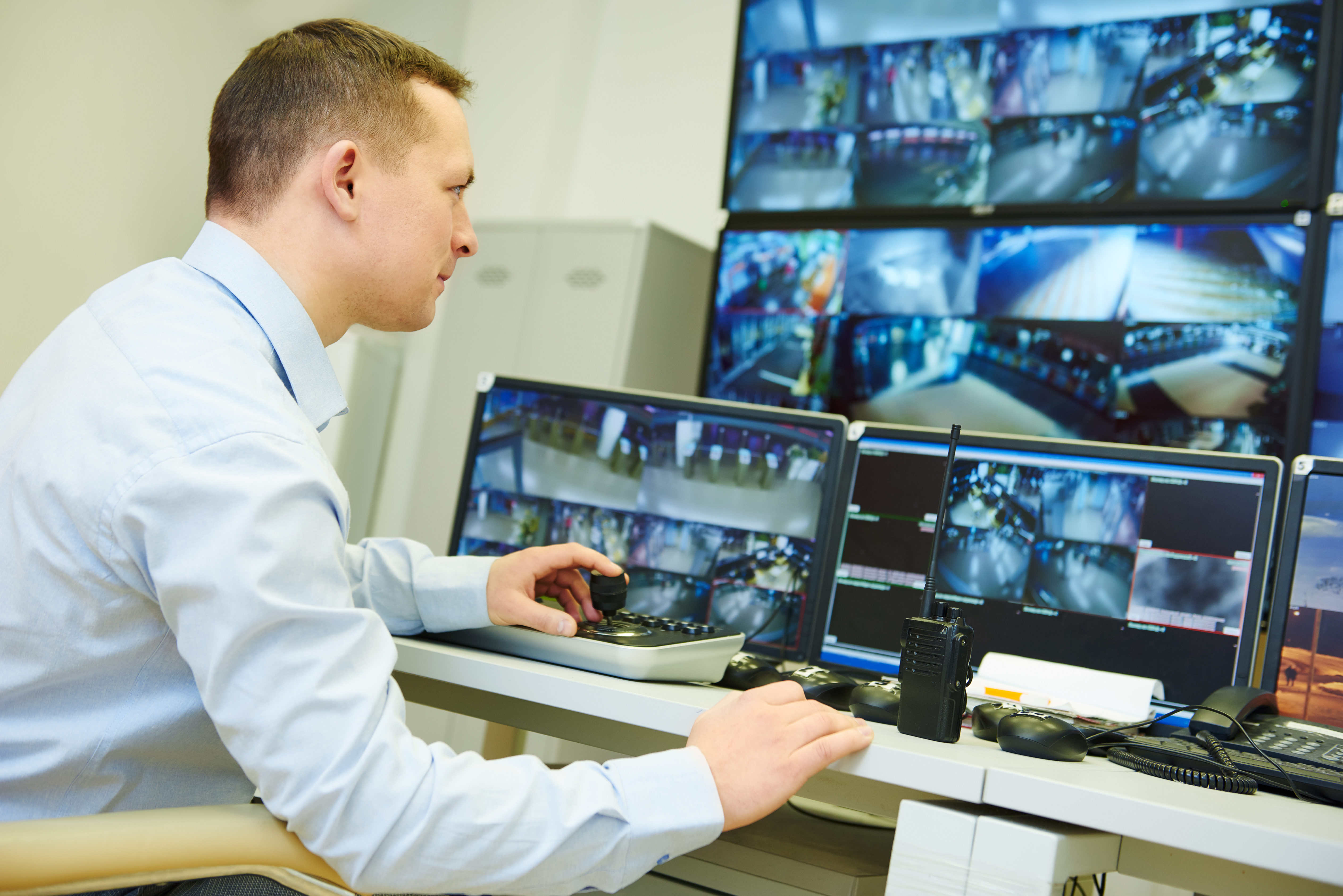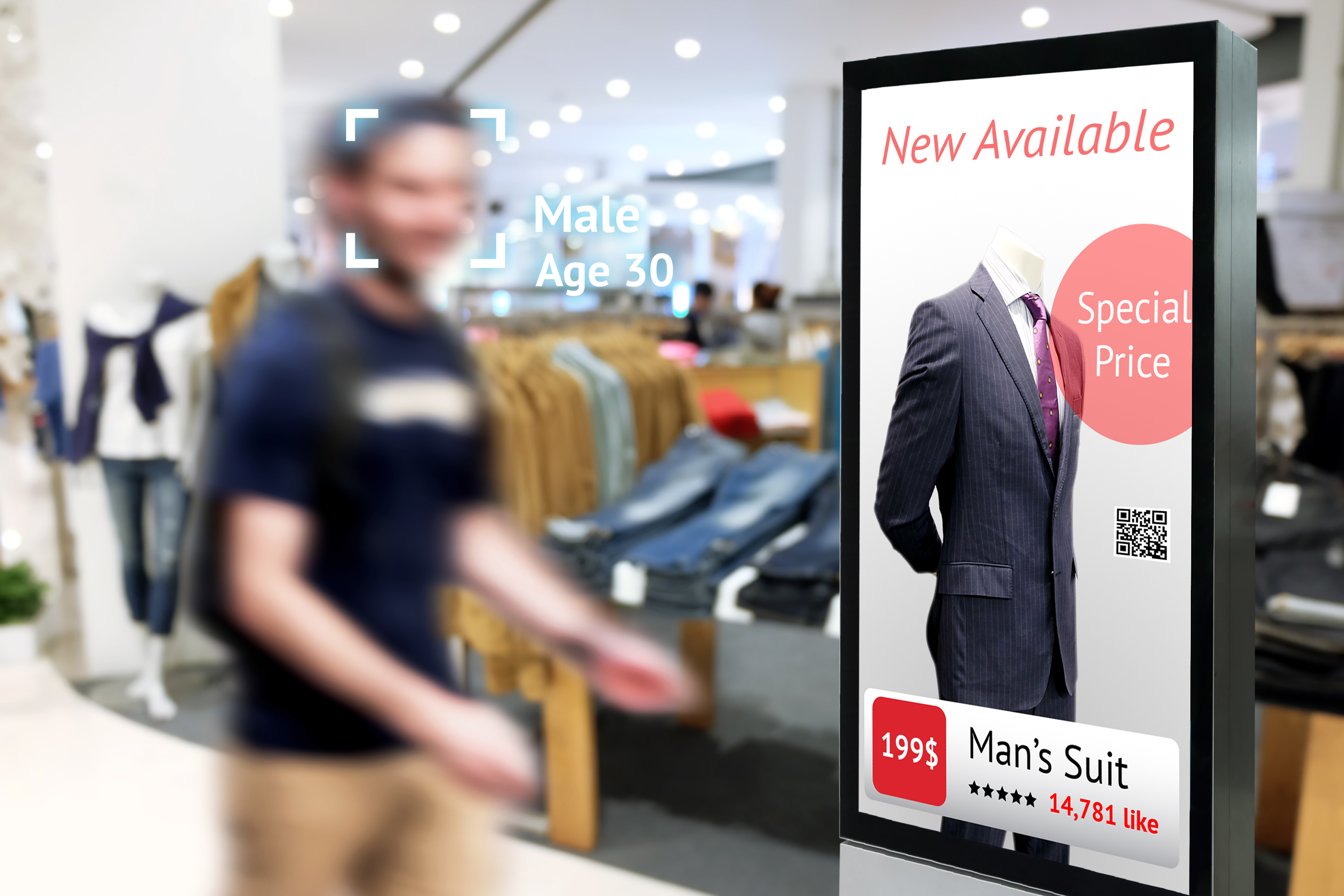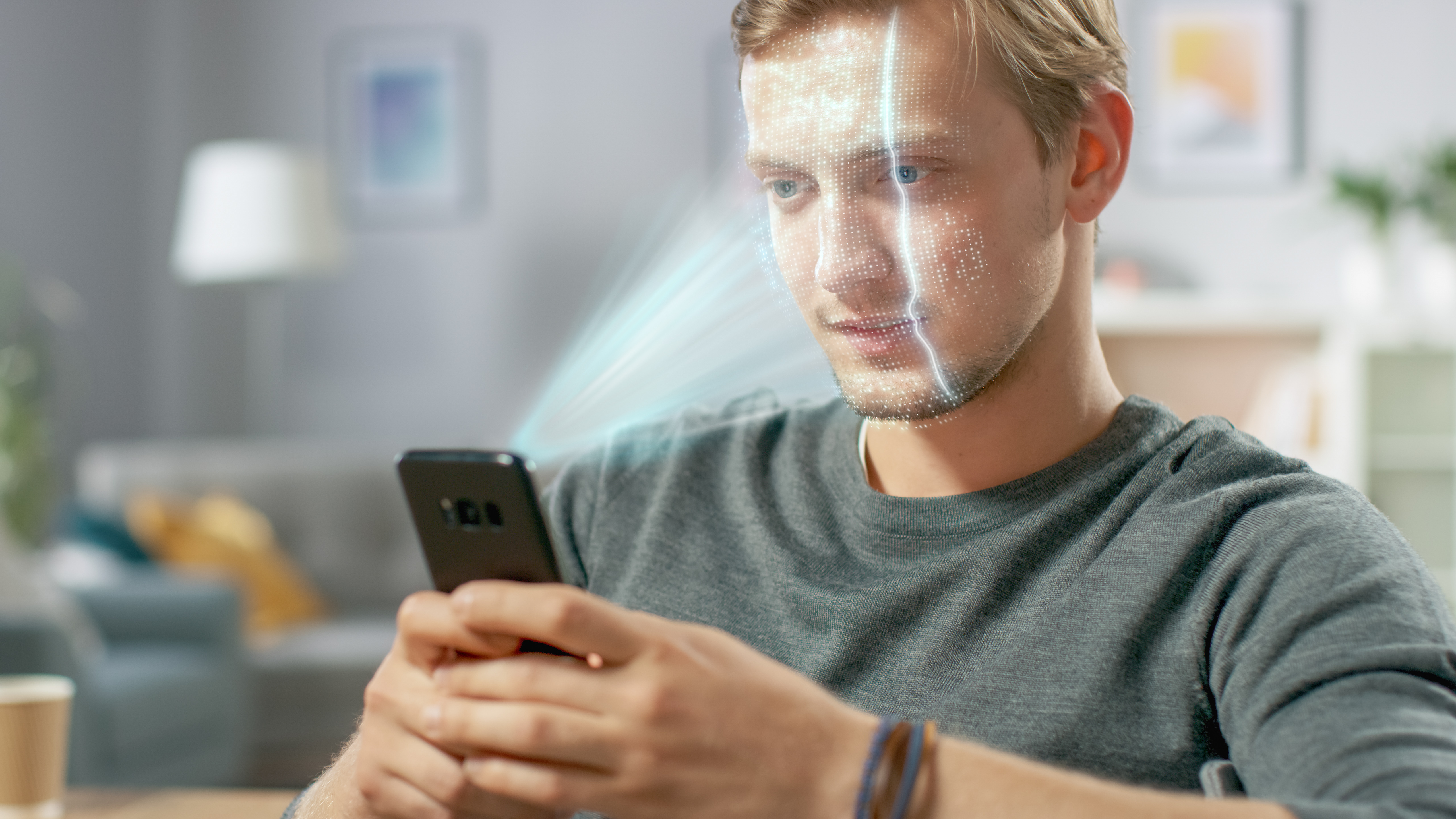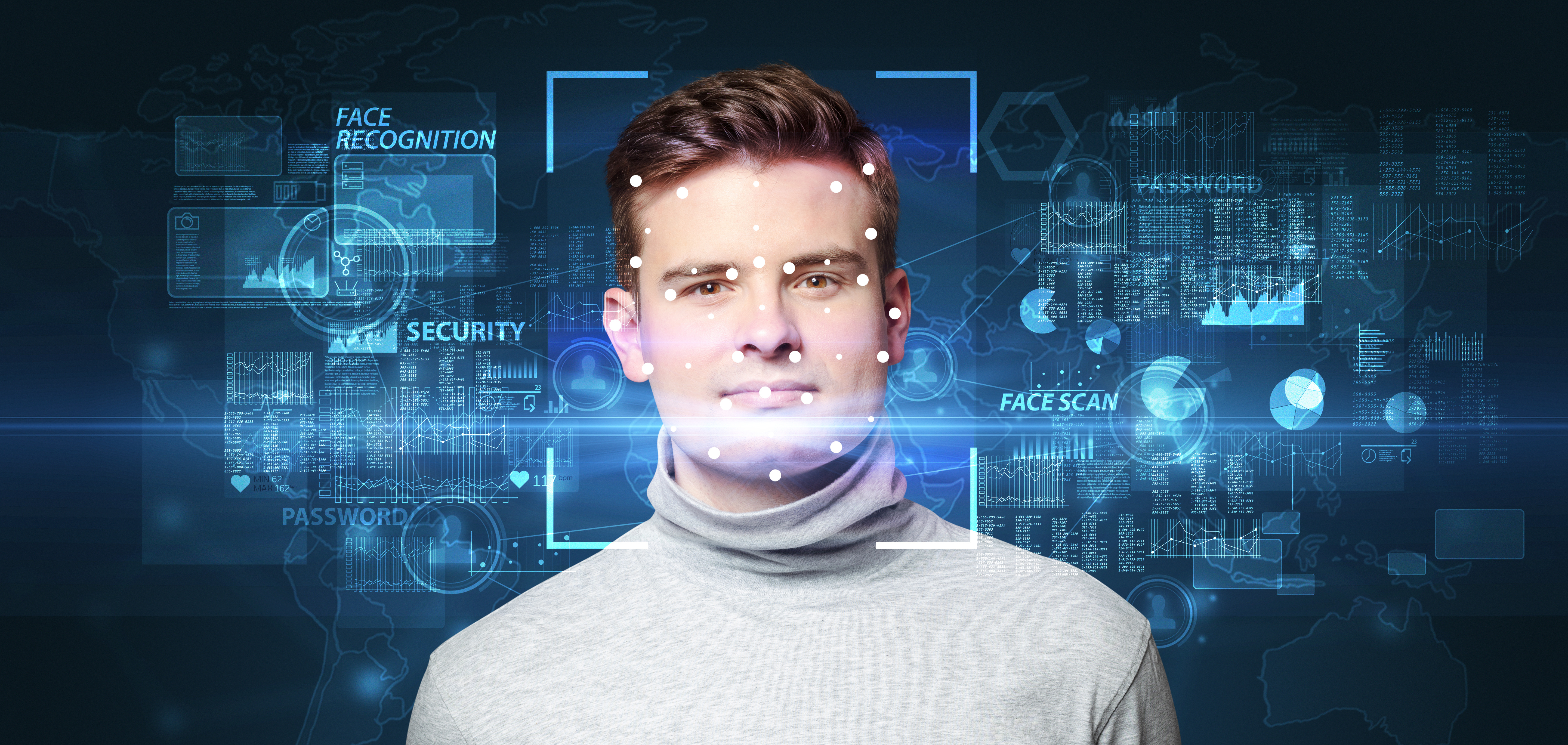Human recognition is fundamental and is the most important building block of trust. Humans are programmed to recognise faces, and this is hard-wired into your DNA. Your face creates almost all of your identity and comes before your height, colour, voice or actions. It does not require touch or any interaction. If the face fits as they say, not much more is needed. Your face creates an immediate connection in most day to day situations with friends, colleagues and family, in your office, airports, banks, pubs and clubs.
Police Forces, Governments, businesses, and individuals know that security and trust come from knowing who is doing what, where and when! Obvious really.
Because recognition is so important and the face is the only non-invasive way of quickly determining who someone is; the way people’s faces are recognised has become almost a science, although many say it is an art. It is not surprising therefore that many organisations, including the Police and Government security operations, have become experts in facial recognition by using individuals who have a unique ability to be incredibly good at recognising faces. These people, born with the skill, also have a name, ‘Super recognisers’ and they are hugely important. In August 2018, it was reported that the Metropolitan Police had used two super recognisers to identify the suspects of the Russian novichok attack on Sergei and Yulia Skripal, after trawling through up to 5,000 hours of CCTV footage from Salisbury and numerous airports across the country.

A ‘Super Recogniser’ in action
The Metropolitan Police, amongst other forces, and the Intelligence Services are employers of these super recognisers and they are tasked to view hours and hours of CCTV footage to find people. There is no doubt that the best way to identify someone is using the face and humans are particularly good at it, as you would expect. It is no wonder then that as digital photography and CPU processing power has improved it would be natural that facial recognition would be turned into an AI technology. No blood samples, no iris scans, no touching, in a millisecond we can identify someone.
Today using a digital camera and facial algorithms it has become more accurate than a human ‘super recogniser’. Advances are happening so fast that recent reports of racial discrimination and sex bias are a thing of the past. Only last week the NIST in the USA (https://www.nist.gov ) concluded that the latest algorithms they have tested show little or no bias and this is due to the creation of synthetic databases of facial images and not real images to act as the AI learning tool for new algorithms. The simple facts are that technology has advanced so fast that there has been a 20X improvement in the accuracy of algorithms since 2014. This means that in a database of 26.6 million photos tested by NIST there was less than a 0.2% failure rate.
It is clear from these independent tests that facial recognition technology is powerful enough to provide the accuracy required for use in the real world. Technical accuracy, of course, is not the complete picture, but it is an important starting point and one which means that facial recognition cannot be ignored. Like all new technology, it needs to be understood and ultimately controlled with legislation and used appropriately. Until 2018 the technology was not ready for general use but today it is.
For the first time, we have a system that could create a database of ‘everyone’ that is quickly searchable using your facial image. The internet and cloud technology makes this very simple. This for many is a truly unnerving idea and quite rightly so.
For instance; the recent information about the company Clearview inc, who created a database from social media photos and then sold the information to US police forces shows, that this technology needs careful management. Recent social unrest in the US, UK and many other countries focusing on racial discrimination has also put pressure on businesses involved in recognition technology and many have decided to distance themselves from selling, and developing biometric systems for police and government intelligence services.
This, however, does not mean that facial recognition will somehow be un-invented and history reflects this is just not the way technology becomes established. All new inventions have the power to be positive or negative in society (Nuclear power for instance) and therefore, it is without a doubt, that development will continue on ways to commercialise the technology. Governments must fundamentally be responsible for how it is used, controlled and managed. In a connected world, such as we are today, this is a formidable task. Europe is way ahead with its GDPR (General Data Protection Regulations) and these rules are the envy of the rest of the World.
It is worth outlining where facial recognition, without any dispute, creates huge benefits for the public and how the security industry should, perhaps, be approaching the technology. What is clear is that our industry cannot still believe that existing CCTV systems, control centres and physical security are the only ways to protect people and property.
It has been estimated that by 2024 the global facial recognition market will generate $7billion of revenue, supported by a compound annual growth rate (CAGR) of 16% over the period 2019-2024. In 2019 the market size was $3.2billion. The two most significant drivers of this growth are public sector surveillance and specialist market sector applications which I have discussed below.

Facial recognition in use in a US store to assist shoppers
The top applications where facial recognition is used are law enforcement, health, marketing and retail. Facial recognition is successfully being used when issuing identity documents often combined with other biometric technologies such as fingerprints. Many airports are using facial recognition to match passport photographs. In 2016 the man (‘man in the hat’) https://www.bbc.co.uk/news/world-europe-35869985 responsible for the Brussels terror attack was identified using FBI facial recognition software.
In the USA over 26 states allow law enforcement to check driving licence photos against their databases. Facial recognition has also had success in finding missing children and disorientated adults. For retailer’s facial recognition is used to identify known thieves and those who have previously been involved in anti-social behaviour in a store.
In health facial recognition is being used to monitor patients pain levels and can detect some genetic diseases which affect facial gestures. In marketing facial recognition is being used to help target customers with relevant advertising and service messages depending on their age and gender.
Recently a combination of heat detection and facial recognition is helping identify those who may be ill with the coronavirus and identifies if they are wearing a facemask. Undertrial and truly relevant in the current pandemic is touchless payment using facial recognition in fast food outlets and other retailers such as forecourts and convenience stores. Let’s also not forget more and more users are unlocking their phones with their face.

Using your face to open your phone – an everyday secure function
In the last year, privacy and civil rights concerns have escalated in the US. San Francisco, Somerville City Council, Oakland (California), Portland, Boston and San Diego have all banned the use of facial recognition including in California the use of body camera by law enforcement. New York state has implemented a new robust cybersecurity program to protect state residents
The use of Facial recognition around the world is also advancing quickly with Russia, China, Brazil, India, Korea, and some African countries all involved. In Moscow, one of the World’s largest networks of 160,00 surveillance cameras has been installed for public safety.
What is clear is that facial recognition is fast becoming an important, useful and powerful tool. Every country and many US state, have different views on the control and management of its use and this is a major cause for concern both for the industry trying to establish usable solutions and for the US Government concerned with privacy.
Europe under GDPR is leading the way and the EU Commission is planning to act on indiscriminate use of the technology. The first draft of the European commission white paper is now available https://www.euractiv.com/wp-content/uploads/sites/2/2020/01/AI-white-paper-EURACTIV.pdf .
The document mentions “a time-limited ban on the use of facial recognition by private or public actors in public spaces”. Legislation is now crucial to enable the benefits of facial recognition to be delivered.
There has been some success using facial recognition for owners of shops, restaurants, and bars in the UK. Using the GDPR rules as a guiding principle facial recognition is providing a deterrent to habitual thieves and reducing anti-social behaviour in stores. With a standard HD camera set up on an entrance doorway known SOIs (‘subjects of interest’ as they are called) can be identified and an alert sent to a manager’s mobile device in milliseconds. The system gives store staff peace of mind and time to decide on the best action to take. In large shopping centres and malls across the UK, this system becomes an important tool to support security guards enabling the SOI to be removed immediately before an offence is committed and ensures the public can shop in peace. These systems are designed to delete images immediately that are not matched on the database. The system also ensures that the database of images is managed correctly and by a third party organisation which is registered with the ICO https://ico.org.uk/ ensuring a high degree of privacy for individuals.

Facial recognition used in combination with other biometric technology could make the world a safer place. Of all the biometric data, from fingerprints to iris scans, your face is, perhaps, the most secure way to ensure your identity is not stolen and you are positively recognised quickly with 100% accuracy.
The coronavirus pandemic has become a catalyst for creativity and invention, it has highlighted the many issues that population pressure, international travel and the human need for interaction can create a perfect storm for infections to spread. The security industry has risen to the challenge with a host of temperature scanning and touchless systems to ensure safety and health is maintained. Biometrics and facial recognition have played a small part in the control of the virus and because of this, the public view of these new incredibly powerful tools is changing rapidly.
Stuart Greenfield, Technology consultant